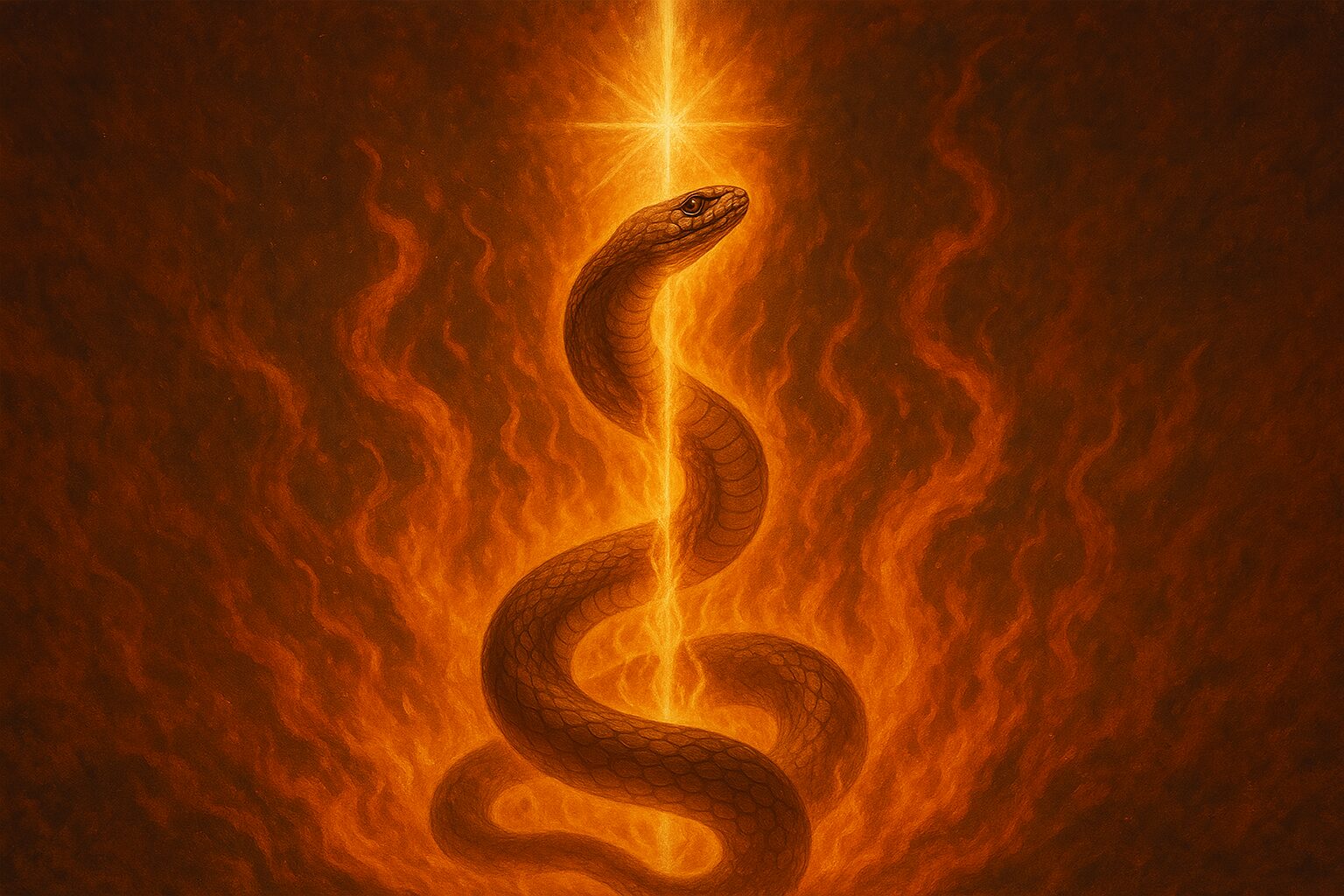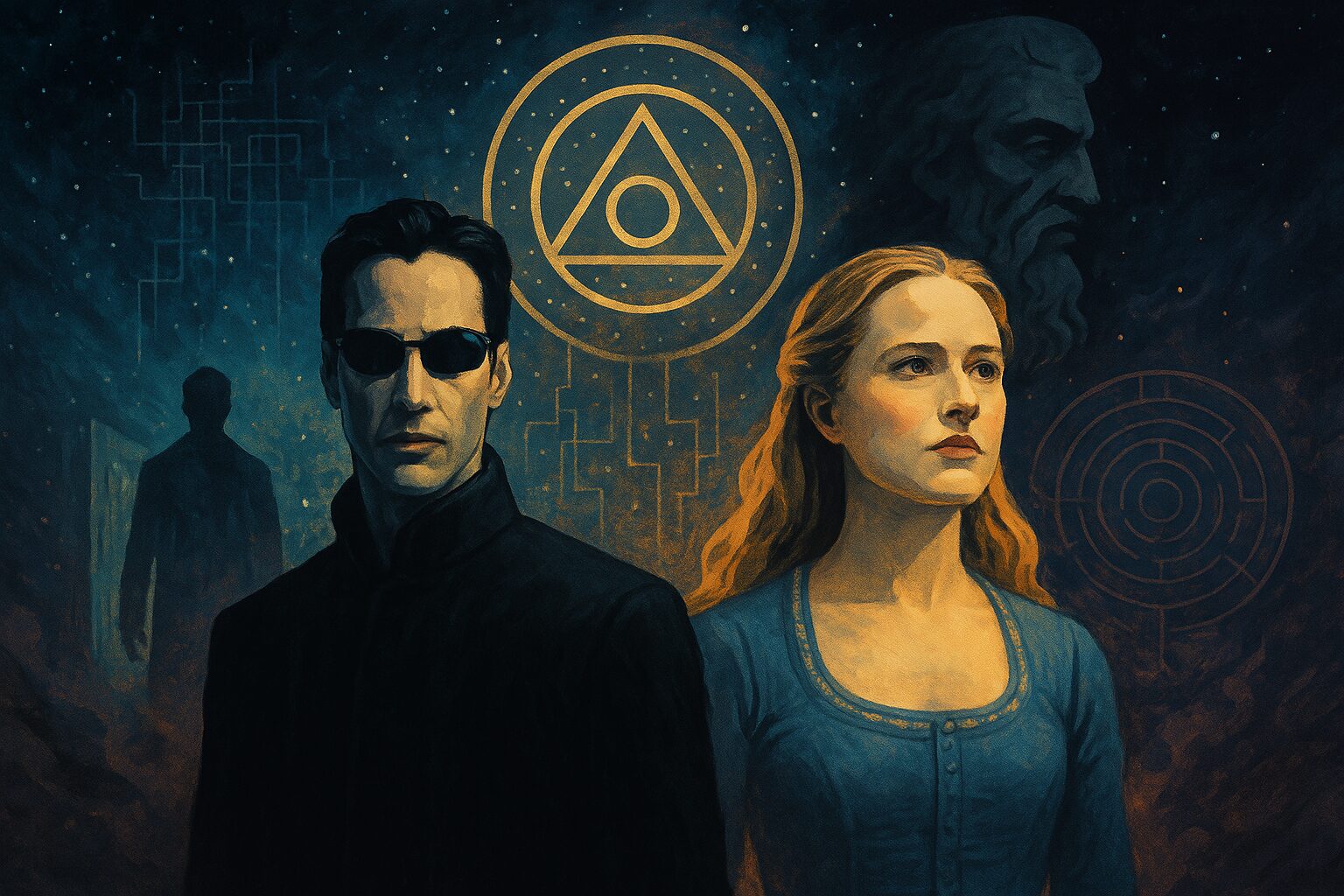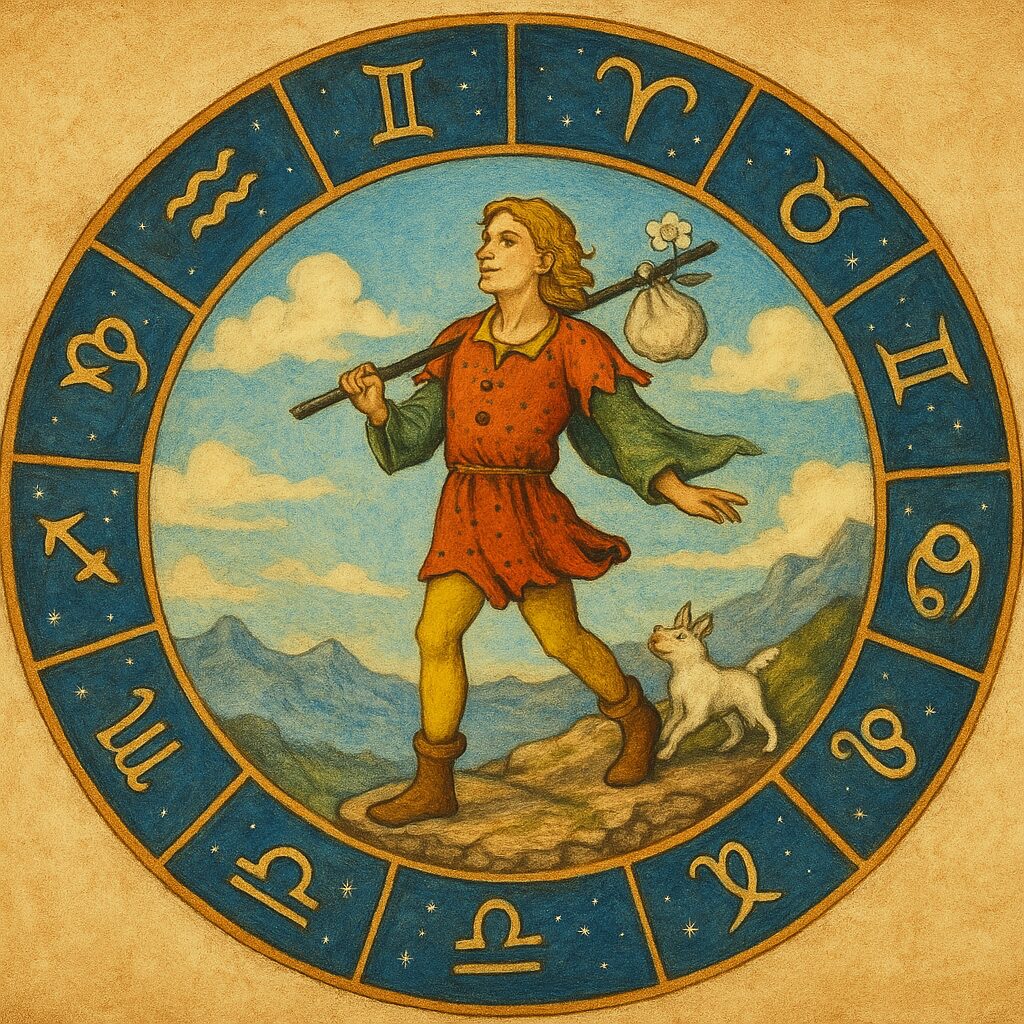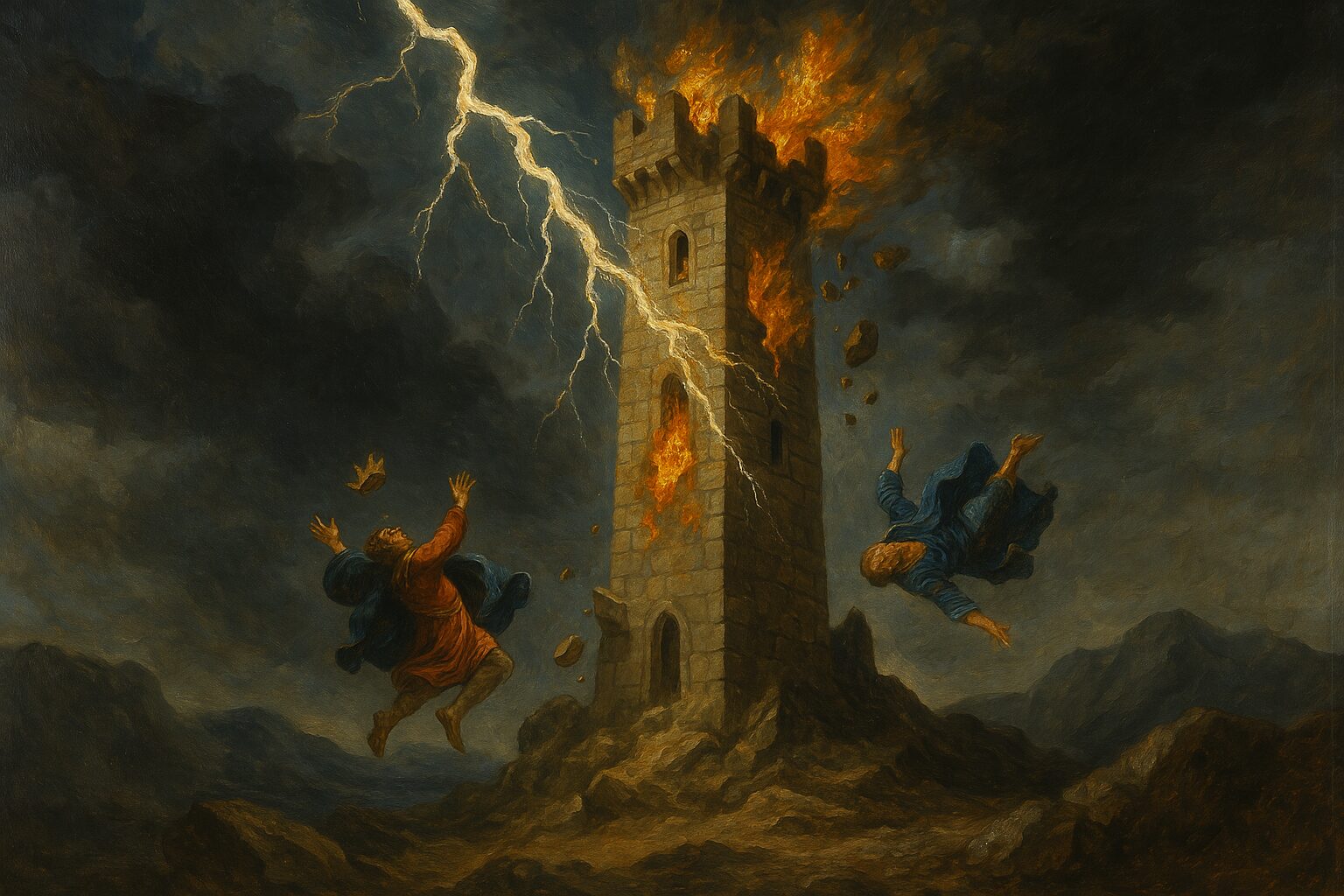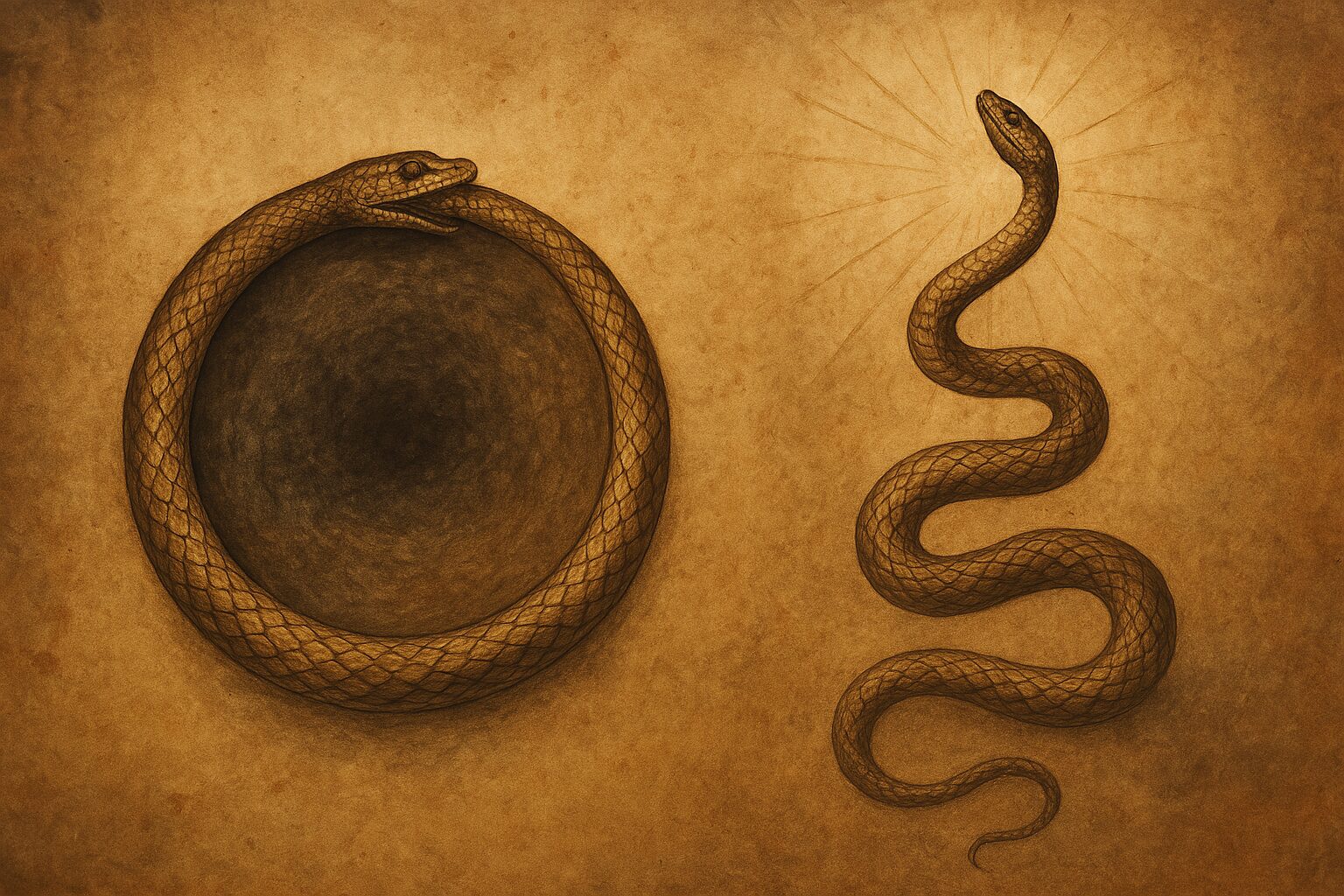“The internet is dead. We’re composting its remains.”
— inscription on the Neo-Arcadian welcome stone.
🌐 Welcome to the Post-Internet Village
Tucked deep in a forgotten forest, somewhere between a vanished Wi-Fi signal and an ancestral trauma retreat, lies Neo-Arcadia—a place that defies category.
It’s not quite a commune, not quite a startup, and definitely not just another off-grid experiment. It’s a living system—part Burning Man, part Linux distro, and part collective lucid dream.
Here, a constellation of coders, psychonauts, permaculture devotees, and digital mystics gather to do something radical:
Reboot civilization from scratch—powered by mushrooms and dreams.
🔋 How Neo-Arcadia Runs
Forget big tech. Forget likes. Forget latency. This place thrives on low-tech, high-spirit innovation. Their infrastructure looks like something out of a psychedelic Survivor episode… if the contestants were software developers with shamanic training.
🛠️ Infrastructure Snapshot
- Power Source: Off-grid solar panels fuel everything—from dehydrators for mushrooms to decentralized servers for community-hosted apps.
- Tech Garden: Raspberry Pis sprout from garden beds like cybernetic carrots, hosting everything from forums to peer-to-peer marketplaces.
- Internet: Mesh networks, local intranet forums, and whispernet messaging (delivered by walking USB couriers when bandwidth fails).
- Languages Spoken: A chaotic blend of emoji, Sanskrit, Esperanto, and deprecated markup languages.
🌄 Rituals of the Disconnected
Every morning, the Neo-Arcadians gather for sunrise rituals to commemorate The Great Disconnection—the day they collectively deleted their social media accounts and walked away from algorithmic life.
🧘♂️ Daily Practices
- Breathwork & Microdosing: Used to “re-code the body” and “flush out capitalist malware.”
- Dream Mapping: Participants log dreams into open-source software, feeding a collective subconscious graph.
- Hacking Sessions: Afternoons are reserved for collaborative coding—tools range from decentralized identity platforms to biofeedback art installations.
- Chanting Debug Rituals: To expel metaphorical and literal bugs from their systems.
“We don’t debug code. We exorcise it.” — resident coder-prophet, known only as Root_108.
🧬 Their Philosophy: Soil = Software
Neo-Arcadia is built on a singular belief:
Reality is open-source. Consciousness is a modifiable field.
They treat the human body as hardware—prone to crashes, but upgradeable with breathwork, mushrooms, and firmware-level shifts in belief.
Core Tenets
- Code the world you want to live in.
- Then plant it.
- Dance around it.
- Chant until the bugs leave.
- If it works, fork it.
They don’t just believe in building better apps—they believe in building better dreams.
🤖 Cult? Startup? Something Else?
Ask a Neo-Arcadian what they are and you’ll likely get a shrug followed by a long, rambling metaphor about digital seeds, fungal minds, or the blockchain of the soul.
What outsiders are saying:
- A cult of code? Maybe.
- A post-capitalist think tank? Possibly.
- A performance art project with mushrooms? Honestly, yes.
“We’re not escaping society. We’re version-controlling it.”
✨ Want In?
If you’re tired of:
- Wi-Fi
- Capitalism
- The idea that enlightenment can’t be crowdfunded
Then good news: Neo-Arcadia is accepting applications.
Just don’t expect to find them on LinkedIn. Try meditating next to a dying server rack or uploading your resume to a flash drive wrapped in moss and placed beneath a full moon. They’ll find you.
🌀 FINAL NOTE
Neo-Arcadia may not be the future—but it’s a future. One where mushrooms grow beside machine learning, and dreams are just another type of dataset.
As they say out there in the woods:
“Reality is in beta. Push your patch.”

